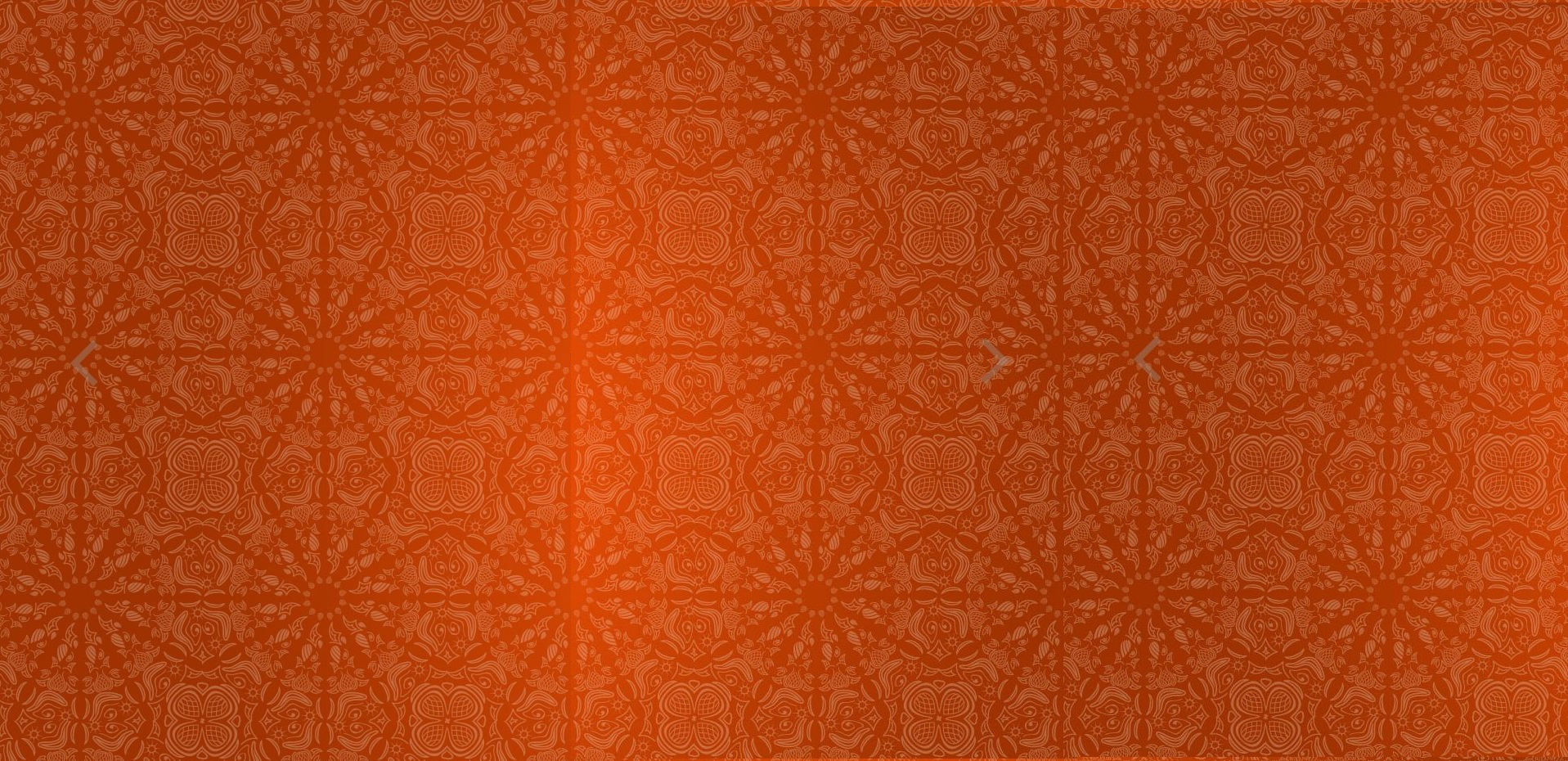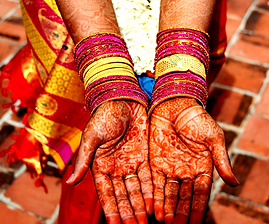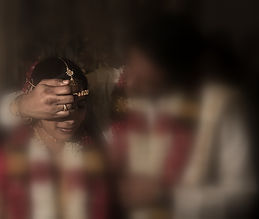





Selva Weds Sharme
Thursday, Nov 14 2013




Traditional Tamil Wedding
The Tamil culture celebrates marriage as a sacrament, a rite enabling two individuals to start their journey in life together. The Hindu wedding lays emphasis on three essential values: happiness, harmony, and growth.
For the tradition bound Tamil community, marriage is an occasion for great extravagance, joy and splendor. Tamil weddings are sacred religious ties between the families of the bride and bridegroom. They are elaborate, expensive and emotional events. The weddings are announced on the auspicious times as predicted by the Hindu Vedic astrologers or priest.
Poo Vaikum Function (The Proposal)
This is a formal ceremony which usually takes place at the bride’s home. The proposal is an arrangement between the families of the couple and a means of bringing the families together.The groom’s family goes to the home of the bride and gifts her trays containing traditional silk saree, coconuts, fruits, betel leaf, sweets, flowers, dates and nuts.
A tray consisting of betel leaf, betel nut and flowers are exchanged between the two families to denote their acceptance of the arrangement.

Nichayathartham (The Engagement)
The religious rituals performed for the engagement ceremony is identical to those of the proposal ceremony. The parents of the groom presents a traditional silk saree to the prospective bride. This saree is blessed by performing pooja. Deeparathanaa and a dot of manjal and a dot of kunkum are put on the saree. The priest gives the saree to the prospect bride. She comes back adorned in the saree, which is a symbol of her acceptance of the groom and marriage proposal. The Tamil culture has also adopted the ring ritual which is western influence, the groom puts an engagement ring on the finger of his fiancée. This completes the engagement ceremony.

Mehendi
At the mehendi ceremony, the bride has her hands and feet intricately patterned with a paste of henna, oil, lemon juice and tea. Female friends and relatives also apply mehendi to their hands. Mehendi signifies the strength of love in a marriage. The darker the mehndi, the stronger the love.
Nalungu

This ceremony is usually performed the night before the wedding day. Three trays are prepared. The first tray contains “kumkum”, Turmeric paste, ground Sikah , three mixed oils and rosewater . The second tray holds whole betelnut placed together with betel leaf and fresh flowers . The third tray contains coins and a brass container with arathi (a mixture of lime and a little tumeric powder in water which turns red). Married ladies apply “kumkum” on the forehead of the bride, apply turmeric paste to the brides hands, legs, and face, sprinkle oil and flowers on her hair as well as rose water . Arathi is performed which completes the beautification and cleansing ceremony. The bride awards these ladies with little gifts.
Pandhakaal Naduthal
It is traditional to seek the blessings of the family deity (usually with a Ganesha prayer) to ensure that the remover of obstacles protect the couple and the proceedings from evil. Usually, this small ritual is performed one day before the wedding.
A bamboo stick with 7 knots is smeared with tumeric/hurdee and kumkum (vermillon) by nine married ladies. This Bamboo pillar is erected for the four legged “pandaal.” 7 brass pots are also set in the pandal
Mangalyasnanam
The mangala snaanam is the auspicious and purifying bath that the bride and groom must have in their respective homes on the dawn of their wedding day.
Mahalakshmi Pooja
The bride prayers to the Goddess Maha Laxmi, and asks for guidance and blessings. The groom’s family brings the wedding clothes for the bride along with the garlands. The bride gets dressed in the wedding garb after this ceremony and proceed to the pandaal/wedding venue. THe bride and groom then performs navagraha pooja and ties kaapu(holy thread) on wrist which wards off evil and provides a protective shield for them.
Reading Lagnapathirikai
The priest formally reads out the wedding invitation. Details on 3 generations of the lineage of the bride and groom and other information on the muhurtam and venue is announced.




Agni Valarthal(Offering to sacred fire)
The priest lights the fire in the yegyo (brass pot) and sings the Namasivaya Vazhga and Thiru Agavan(Mantras). The bridal couple throws in the havan samagri(offerings) into the fire as the priest recites the sacred mantras.

MangalyaDharanam(Tying the Mangalyam)
The priest lights the fire in the yegyo (brass pot) and sings the Namasivaya Vazhga and Thiru Agavan(Mantras). The bridal couple throws in the havan samagri(offerings) into the fire as the priest recites the sacred mantras. Once mangalyam is blessed with deeparathanai, the groom tie the mangalyam around the neck of the bride. Three knots are tied to the mangalyam which symbolises the marriage of mind, spirit and body. Nadhaswaram music is played to protect the couple from inauspiciousness at the significant moment.
Kungumam Soodal(Applying Kumkum)
The Tilak or dot adorns the middle of the forehead signifies the third eye which is symbolic of spiritual enlightment. The groom puts his arm around the bride to put the red dot on her forehead which must always adorn her as it signifies her married status.
Exchange of Garlands


The bride and groom garlands each other with flowers, signifying mutual acceptance. This is the equivalent of saying, “I take you to be my lawfully wedded spouse.”
Kanyadaanam
The bride sits on her father’s lap with a coconut in her hands. The father and bride offer the coconut to the groom while the bride’s mother pours water over the coconut thus symbolising the ‘giving away of their daughter.’

Agni valam
The groom takes the bride by her right hand in his left hand and leads her around the sacred fire seven times. The bride touches her feet to a grinding stone each time she encircles the sacred fire with her husband. This signifies her hope that their union may be as firm and steadfast as the grinding stone.
